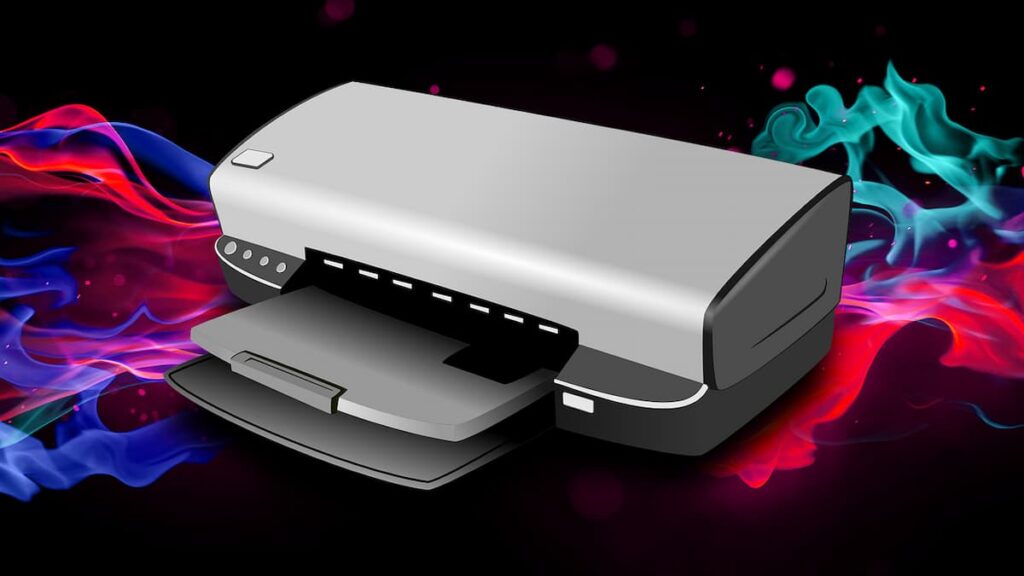Technological convergence occurs when two or more different technologies begin to perform the same function. For example, the telephone and the television were once two distinct technologies, but they are now converging into a single device, the smartphone. This process is driven by the need to make devices more efficient and by the desire of consumers for more seamless experiences.

There are many reasons why technological convergence is important. One reason is that it allows different devices to share information and work together more easily. For example, if you have a smartphone and a laptop, you can use technological convergence to share files between the two devices wirelessly.
Another reason why technological convergence is important is that it can help to improve the quality of life for people who have disabilities. For example, if a person is deaf, they can use a device that converts sound into text so that they can read what is being said.
Finally, technological convergence is important because it can help to create new and innovative products and services. For example, a company might create a new app that uses the converged technologies of GPS, mapping, and social networking to help people find their way around a city.
Simple, practical examples of technological convergence:
- Smartphones that can be used as GPS devices, music players, and cameras
- Televisions that can be used as computer monitors
- Watches that can be used as fitness trackers and music players
- Home assistant devices that can be used as intercoms, alarms, and speakers
Broad examples of technological convergence
- The use of a single device for multiple tasks – for example, a smartphone that can be used as a camera, music player, and GPS device.
- The use of a single technology platform for multiple purposes – for example, the use of a single social media platform for communication, marketing, and customer service.
- The integration of multiple technologies into a single product or service – for example, the use of a smartphone to access the internet, make phone calls and send text messages.
- The use of a single technology infrastructure for multiple users – for example, the use of a single wireless network to connect multiple devices.
- The use of a single set of standards or protocols for multiple technologies – for example, the use of the same set of standards for wireless networks, Bluetooth, and NFC.
- The use of a single user interface for multiple devices or services – for example, the use of a touch screen interface for a smartphone, tablet, and laptop.
- The use of a single device or service to access multiple content sources – for example, the use of a smartphone to access online video, music, and books.
- The use of a single device or service to connect to multiple networks – for example, the use of a smartphone to connect to a cellular network and a Wi-Fi network.
- The use of a single device or service to support multiple applications – for example, the use of a smartphone to run a GPS navigation app and a music streaming app simultaneously.
- The use of a single device or service to provide access to multiple services – for example, the use of a smartphone to book a hotel room, order a taxi, and check the weather forecast.
We need technological convergence because it helps us save time and money. For example, if you have a printer that can print, scan, and fax, you don’t need to buy three separate machines. This can save you a significant amount of money over time.
Technological convergence also helps us keep up with the latest technology. For example, if a new type of phone comes out, you can usually use your existing phone with the new technology if it is converged.
